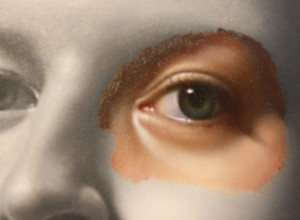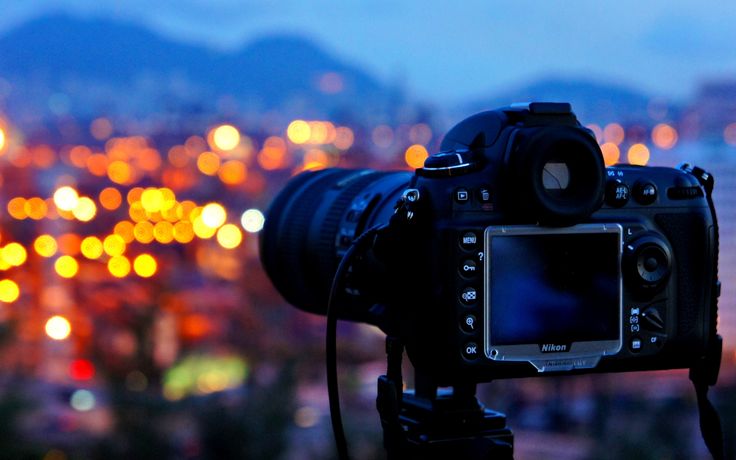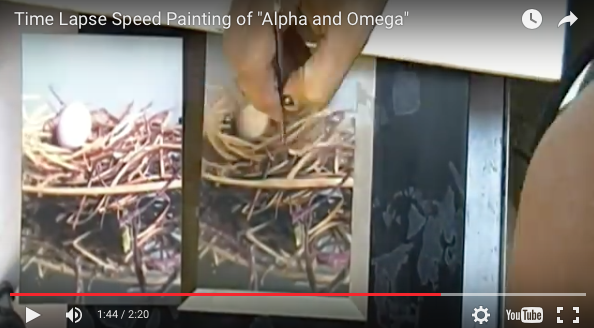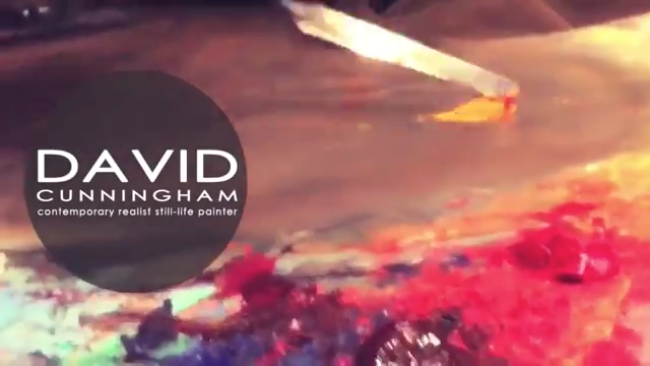4 Things You Need to Turn Paint into Reality:
the Hierarchy of Creating Illusion
The following is listed in order of importance. It is based on my experience as a painter, educator, and a lover/observer of art. It is a working document so any comments and suggestions are welcomed.
1. Accurate Drawing. I can’t tell you how many paintings I have seen destroyed by drawing mistakes. It doesn’t matter how great your ability to capture the soft likeness of skin, if the eyes aren’t proportionate you will not have a likeness. Common mistakes include but aren’t limited to bad ellipses, asymmetrical symmetrical objects, and anatomical anomalies.
2.Correct Value. The human retina has 120 million rods which detect value and 6 million cones which detect color. With a 114 million rod advantage, the human eye is significantly more sensitive to value than color. Regardless of the pallet of preference, the value structure gives the illusion of volume. The old masters clearly knew this when they established the value structures first in their grisaille underpainting.
3.Perfect Hue. So now that you have an accurate drawing and a correct value range your image probably has a tremendous amount of volume. However, now comes the kicker. Color. Color creates the illusion of light across a form and informs the viewer of the quality of that light (direct vs. indirect, natural versus artificial, incandescent vs. fluorescent vs. sunlight). Capturing the illusion of light and the color temperature brings the magic to whatever you are painting.
4.Proper Edge. It’s a beginner’s common mistake to think “sharp edges make for greater illusion.” Don’t get me wrong, a well-placed sharp edge can give great illusion. However, the sharp edge on the side of a curvilinear form (sphere, cylinder, face) will bring that edge forward in space and kill your hard worked for illusion. Edges determine placement in space, so take the time to compare edges and choose wisely.







10 Comments
Thanks for this informative article! This brings back good memories. I look forward to the future tips and techniques that you share with us! xo
I read your statement…….. Wow. I wish I would have let go and let my art comsune me earlier in life. I took the safe path but I was never happy. I admire your resolve. You have a great gift. You inspire people.
Thanks so much Nato. It hasnt been an easy journey. I am grateful that you have taken then time to write and that my work has somehow touched you. That is the great satisfaction of all artists I think.
Hi David. Excellent points on drawing accuracy and edges. However, your color information has some errors, from the perspective of color science.
Color is composed of three dimensions: hue, value and chroma. Every color (even black and white) can be described precisely in terms of these three attributes. Rods and cones do not “detect” any of them in isolation. Simplified a bit: cones, for daylight vision, have three overlapping sensitivity curves, and we perceive hue and chroma by differentiating the size of each signal for each stimulus. Rods are basically for night vision and are essentially inactive in daylight, and share a single sensitivity curve, which is why we cannot perceive hue in low light when the much less sensitive cones are inactive.
There’s much, much more to this, of course, and it’s all fascinating. Margaret Livingstone’s “Vision and Art: The Biology of Seeing” is an excellent and very readable introduction to the subject. Billmeyer and Saltzman’s “Principles of Color Technology” and Mark Fairchild’s “Color Appearance Models” go into far more depth, among many others, and are great if you want to really dig into the science. Also check out David Brigg’s excellent site The Dimensions of Color and, if I may, The Classical Lab.
All of this is written with respect. I think your paintings are gorgeous.
Nice and clear, I love the article, for me as a Spanish speaking person, to put this concepts in the right words for my English speaking students was always difficult, I think I will borrow your words to teach them about drawing, value, hue and edge. Thanks for sharing
Happy to found this lessons!! Thanks a lot!!!
[…] this demonstration, I break down the process into 4 steps. As stated in the post 4 things you need to turn paint into reality, accurate drawing is the essential first step. I then put conte on the back of the drawing and […]
Check out “The Science of Appearances” by Australian painter Max Meldrum. It’s out of print but well worth chasing up. That book opened my eyes. He speaks entirely in terms of the painter as an Objective Observer of Tone, Form and Colour, and how to train the Subjective Mind. He uses Velasquez and Corot as examples to support his theory. Zen in pigment!
Check out THE SCIENCE OF APPEARENCES by Max Meldrum. He died 60 years ago and the book is out of print. That book re-arranged my retina and brain. Objective and Subjective observations through a painters palette/sensitivity.
Thank You Luke for your recommended check THE SCIENCE OF APPEARENCES by Max Meldrum.The Best!